
A Guide to 13 Planting Zones- Which Plants to Grow in Your Garden
Published: 18/03/2024 | Updated: 29/03/2024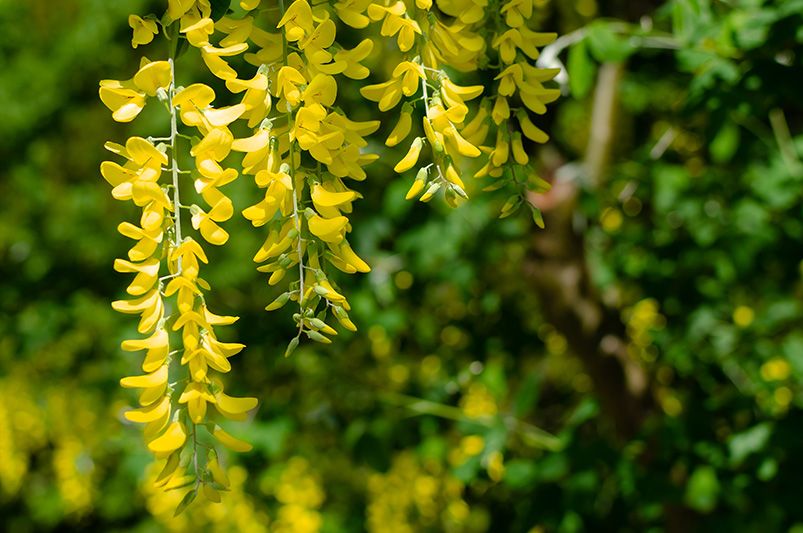
Creating the perfect garden requires a deep understanding of both your soil and the plants that will thrive in it. Planting zones, also known as plant hardiness zones, play a significant role in determining which plants are best suited for your garden. These zones offer essential insight into the climate conditions of your region, and in turn, help you make the best choices for your garden.


In this guide, we will explore the 13 planting zones and share which plants are ideal for each zone. The USDA plant hardiness zone map divides North America into 13 separate gardening zones, depending on their average minimum winter temperature. This map is a helpful tool for gardeners, and we will use it as our reference in discussing each zone.
Zone 1
Representing the coldest regions in North America, planting zone 1 features average annual minimum temperatures that drop as low as -60°F. This includes places in Alaska and Northern Canada. As expected, a limited variety of plants can withstand these harsh conditions. Some of the suitable plants for zone 1 include:
· Siberian Pea Shrub (Caragana arborescens)
· Paper Birch (Betula papyrifera)
· Balsam Poplar (Populus balsamifera)
· Black Spruce (Picea mariana)
· White Spruce (Picea glauca)
Gardeners here should focus on growing native plants that have adapted to survive and thrive in the area's extreme weather conditions. Many zonal plants tend to have a short growing period, making it essential to select those that can withstand the short and intense growing season.
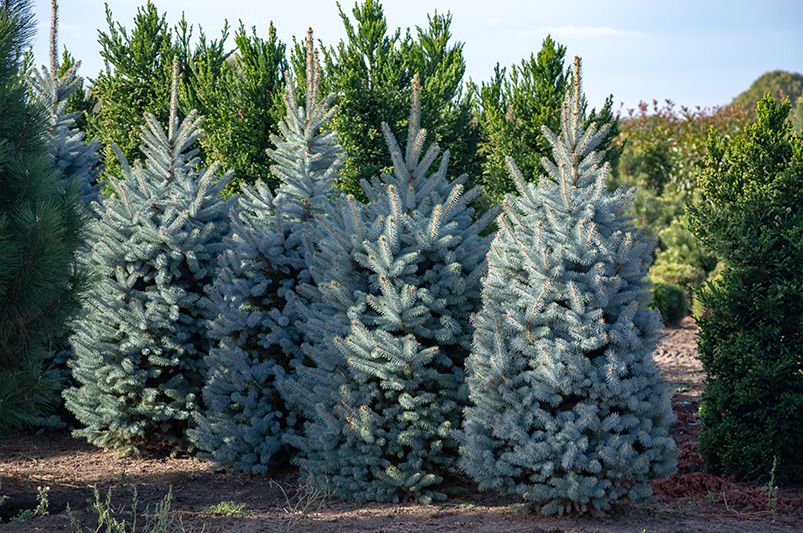
Zone 2
Zone 2 is a challenging gardening zone with extremely cold winters, where the average annual minimum temperature can range from -50°F to -40°F. It primarily occurs in Alaska and some parts of Canada. Despite these harsh conditions, gardeners can still track the frost dates and cultivate hardy, cold-tolerant plants that can withstand the low temperatures of this formidable climate. Some of the best plants for zone 2 are:
· Boreal Garden Sage (Salvia x sylvestris)
· Colorado Spruce (Picea pungens)
· Common Juniper (Juniperus communis)
· Quaking Aspen Tree (Populus tremuloides 'Quaking')
· European Cranberry (Viburnum opulus)
Despite adversities, gardeners in this zone can create beautiful gardens by selecting plants that are adapted to withstand the region’s harsh temperatures. This may include hardy perennial plants, evergreens, and cold-tolerant annuals. You can always find a wide variety of zone 2 plants at ShrubHub, from evergreens like Fat Albert Colorado Blue Spruce to some of the most stunning perennials as Happy Returns Daylily.
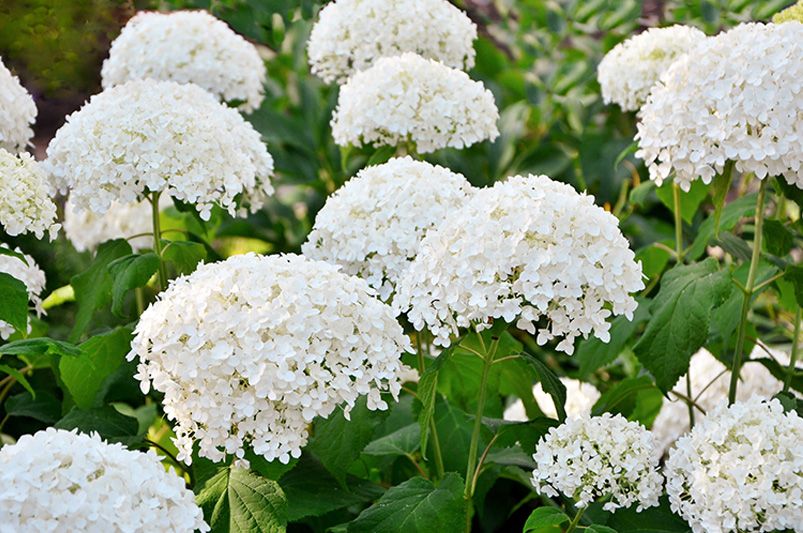
Zone 3
Covering regions with an average annual minimum temperature of -40°F to -30°F, zone 3 includes parts of Northern USA, Canada, and Alaska. With slightly milder temperatures than zones 1 and 2, gardeners have more plant options for their landscapes. Among the best plants for zone 3 are:
· Annabelle Hydrangea (Hydrangea arborescens 'Annabelle')
· Redtwig Dogwood (Cornus sericea)
· Haskap/Honeyberry (Lonicera caerulea)
· Autumn Magic Black Chokeberry (Aronia melanocarpa)
· Sea Buckthorn (Hippophae rhamnoides)
From hardy annuals and biennials to fruit trees and cold-tolerant vegetables, there's a broad range of plants for gardeners in Zone 3 to experiment with and fashion an eclectic outdoor space regardless of their region’s temperatures.
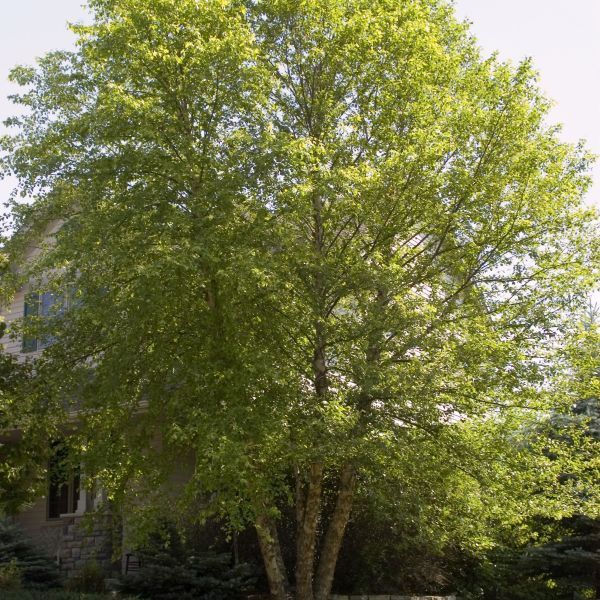
Zone 4
Planting zone 4, with an average annual minimum temperature of -30°F to -20°F, is prominent in the Northern Plains, Intermountain West, and some regions in the Northeast. The improved temperature range opens up more possibilities for gardeners, who can focus on both native and non-native plant species. Some top choices for vegetation in Zone 4 include:
· Bog Labrador Tea (Rhododendron groenlandicum)
· Heritage Birch Tree (Betula nigra 'Cully')
· Swamp Milkweed (Asclepias incarnata)
· After Eight Oriental Lily (Lilium orientalis)
· High Bush Cranberry (Viburnum trilobum)
In Zone 4, gardeners can pursue a wide range of perennials, annuals, deciduous trees, and conifers for their landscapes, breathing life into show-stopping displays. Whether through the majestic greatness of the Heritage Birch tree or the vibrant deep-cherry pink shades of the After Eight Oriental Lily, you’ll be amazed at how you can transform your garden once you know which plants to choose.
Zone 5
From the Midwest, Continental East, and Great Lakes to New England, Zone 5 encompasses areas with average annual minimum temperatures ranging between -20°F and -10°F. Not as cold as previous zones, the plant selection significantly increases. Suitable species for zone 5 are:
· Autumn Brilliance Serviceberry (Amelanchier x grandiflora)
· Russian Sage (Perovskia atriplicifolia)
· Cardinal Flower (Lobelia cardinalis)
· American Filbert (Corylus americana)
· Kentucky Coffee Tree (Gymnocladus dioicus)
With more diverse planting options, you can focus on attractive flowering annuals, perennials, and a wide array of deciduous and evergreen trees and shrubs to make a grand impression in your zone-5 garden.
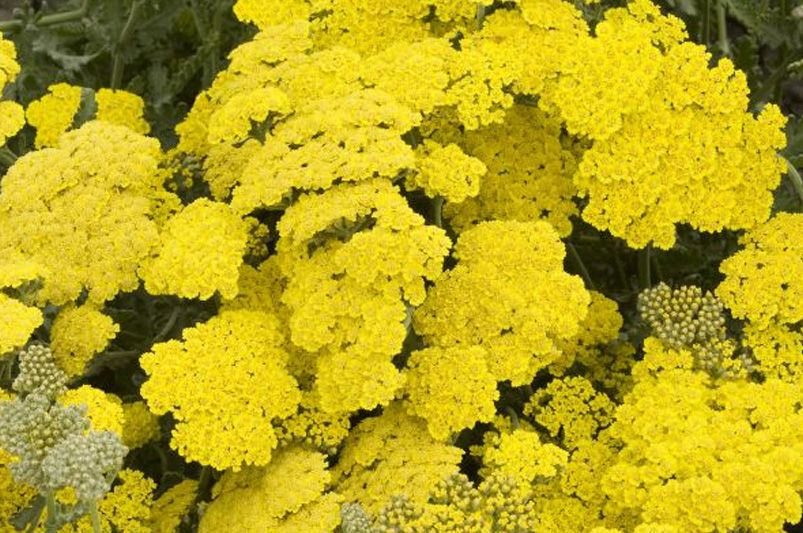
Zone 6
Planting zone 6, stretching across the Midwest, Northeast, and the West Coast, experiences annual minimum temperatures between -10°F and 0°F. This zone provides more gardening opportunities due to its relatively milder temperatures. A selection of plants for zone 6 comprises:
· Catalpa Tree (Catalpa bignonioides)
· Moonshine Yarrow (Achillea x 'Moonshine')
· Magnus Purple Coneflower (Echinacea purpurea 'Magnus')
· Red Maple (Acer rubrum)
· Redbud (Cercis canadensis)
What is truly exceptional about Zone 6 is that it is ideal for growing stunning displays of annuals, perennials, ornamental grasses, shrubs, and trees across all seasons, turning any boring spread of dirt into a verdant oasis that bursts with color.
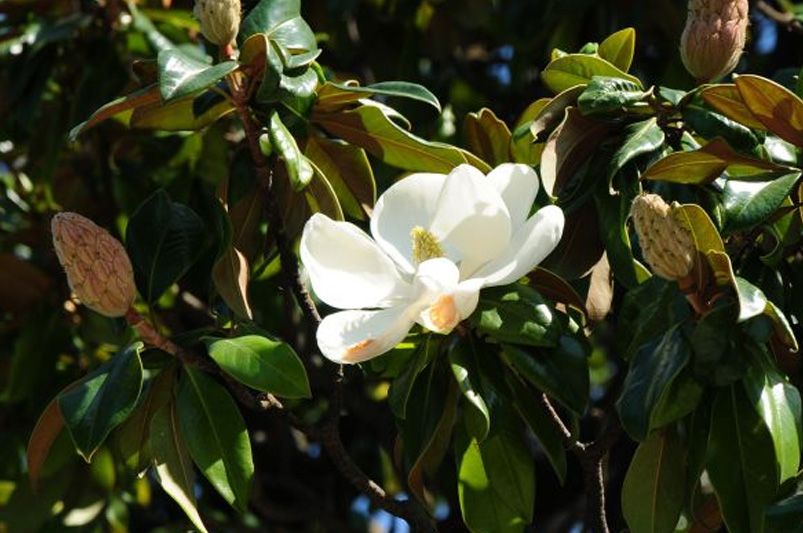
Zone 7
With an average annual minimum temperature between 0°F and 10°F, zone 7 encompasses places like the Mid-Atlantic, Southeast, and Pacific Northwest. Gardeners have more opportunities to grow a wider variety of plants. Plants perfect for zone 7 include:
· Crimson Queen Japanese Maple (Acer palmatum var. dissectum)
· Southern Magnolia (Magnolia grandiflora)
· Coral Bells (Heuchera)
· Crepe Myrtle (Lagerstroemia)
· Flowering Dogwood (Cornus florida)
Zone 7 gardeners can take advantage of the broader range of plants available, including spectacular annuals, perennials, shrubs, and trees. Go for a daring look with the head-turning fiery display of Japanese Maple, opt for the piece of art Heuchera that never fails to wow visitors with its coral-like foliage, or cover your outdoor space with an overpowering sense of serenity and white flowers that resemble floating clouds with the popular Flowering Dogwood.
Zone 8
Zone 8 is a favorable gardening zone defined by its mild winter temperatures, ranging from 10°F to 20°F. It includes regions in the Deep South, some parts of the Pacific Northwest, and certain areas in California. In these warmer climates, gardeners have a plethora of selections, among which are:
· Camellia (Camellia japonica)
· Gardenia (Gardenia jasminoides)
· Holly (Ilex)
· Japanese Stewartia (Stewartia pseudocamellia)
· California Lilac (Ceanothus)
Ideal for a wide range of heat-tolerant plants, including annuals, perennials, vines, ornamental grasses, and tropical plants, zone 8 gardeners have more room for experimentation. With just a click of a button, you can choose from a wide variety of zone 8 plants available at ShrubHub, from the bushy California Lilac with its electric blue blooms to the striking autumnal display of Japanese Stewartia.
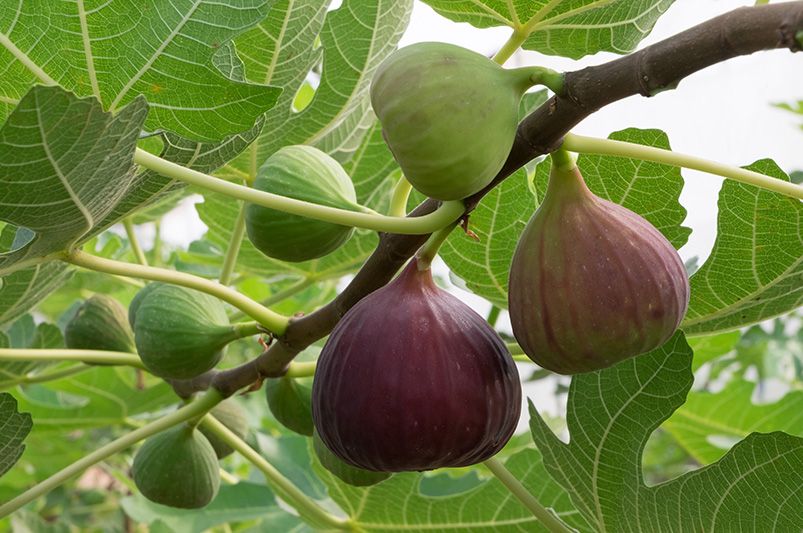
Zone 9
Featuring regions in the deep south, western USA, and Florida, Zone 9 has average annual minimum temperatures ranging between 20°F and 30°F. This warmer climate opens the door to tropical and heat-tolerant plants. Some plants ideal for zone 9 include:
· Bird of Paradise (Strelitzia reginae)
· Bougainvillea (Bougainvillea glabra)
· Date Palm (Phoenix dactylifera)
While the opportunities for tropical gardens may seem infinite, gardeners must pay attention to their plant acquisition as some may be invasive or harmful to the environment. You can grow one of the world’s best-known plants: Bird of Paradise to add a conversation starter to your garden. Or opt for a tree that offers you a fresh, mouth-watering snack in your backyard like Fig Tree.
Zone 10
Zone 10, characterized by its warm climate with average annual minimum temperatures between 30°F and 40°F, includes parts of South Florida, certain regions in California, and Hawaii. This zone fosters a robust, year-round growing season and allows the cultivation of a wide array of both tropical and subtropical plants. Notable plants for zone 10 are:
· Frangipani (Plumeria)
· Blue Mist Flower (Eupatorium coelestinum)
· Banana (Musa)
· Alaska Azalea (Rhododendron indica)
· Bromeliad (Bromelia)
Gardeners can enjoy growing various tropical plants, flowering annuals, perennials, colorful vines, and exotic fruit trees. For instance, the Blue Mist Flower graces your outdoor space with a fabulous blue-violet color while serving as a butterfly magnet and the Alaska Azalea brightens up any lackluster scene with its glowing white blooms.
Zone 11
Primarily including Hawaii and Puerto Rico, Zone 11 mainly features regions with an annual minimum temperature above 40°F. In this zone, gardeners can experiment with an even larger variety of tropical plants. Key plants for zone 11 are:
· Ti Plant (Cordyline fruticosa)
· Heliconia (Heliconia spp.)
· Variegated Shell Ginger (Alpinia zerumbet 'Variegata')
· Mango (Mangifera indica)
· Bronze Scarlet Canna (Canna 'Bronze Scarlet')
Gardeners in this zone should not only focus on aesthetics but also consider the environmental impact that each plant may have on the overall ecosystem. If you are looking for a heat-tolerant, easy-to-care-for plant that also complements your space with jaw-dropping scarlet-red flowers, don’t hesitate to go for the Bronze Scarlet Canna (Canna 'Bronze Scarlet').
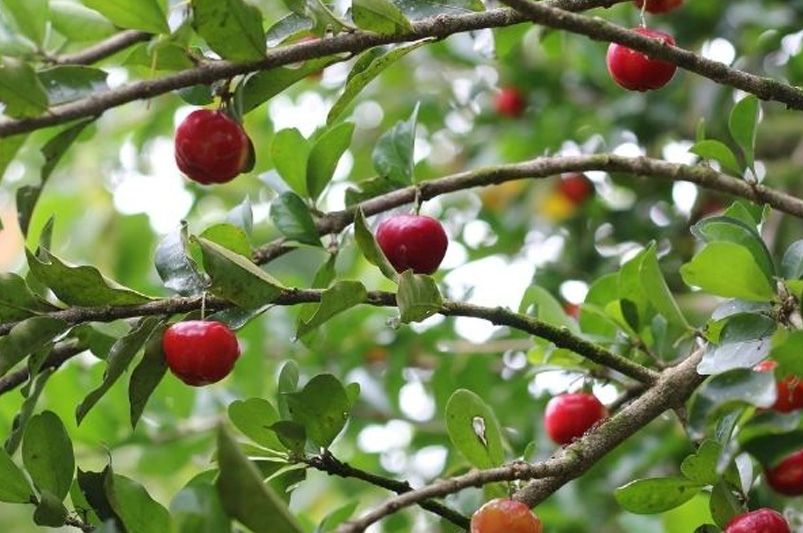
Zone 12
Zone 12, one of the warmest garden climates in North America, primarily includes Puerto Rico, Guam, and the United States Virgin Islands. With a minimum temperature above 50°F throughout the year, this tropical zone allows gardeners to explore a wide variety of exotic, heat-loving plants. Examples of plants for zone 12 include:
· Breadfruit (Artocarpus altilis)
· Barbados Cherry (Malpighia emarginata)
· Lantana (Lantana camara)
· Calidora Upright Elephant Ear (Alocasia x 'Calidora')
· Neem (Azadirachta indica)
For gardeners in Zone 12, remember that you're gardening in a distinctly tropical climate with high heat and humidity. This provides the unique opportunity to explore a wide array of tropical plant species. However, it's essential to ensure your plants receive the necessary amounts of water due to the hot climate. Also, consider setting up some shade if you find your plants are getting too much direct sunlight.
Zone 13
Zone 13 represents the warmest part of the hardiness zones, with minimum temperatures above 60°F. It includes parts of American Samoa, Guam, and the Marshall Islands. Gardeners can grow an extensive variety of tropical plants in these climates. Prominent plants for zone 13 are:
· Taro (Colocasia esculenta)
· Yellow Ginger (Hedychium flavescens)
· Passionflower (Passiflora spp.)
· Queen Emma Lily (Crinum augustum)
· Plumeria (Plumeria spp.)
In zone 13, the extremely high temperatures mean growing tropical or desert-friendly plants that are accustomed to the heat. As water evaporates quickly in the heat, it's crucial to pay attention to your watering schedule. In return, these exotic plants will offer you a stunning display of foliage and exquisite blooms, allowing you to create your dream tropical oasis.
Wrapping Up
By the end of this article, we’ve come to appreciate the diverse plant life that can thrive in such a range of climates. It’s clear: recognizing and respecting these zone boundaries is a critical aspect of successful gardening. However, we must keep in mind that these maps are not absolute. With the current trends in global warming and climate change, these zones are continuously shifting, altering the habitats and conditions for the plant life within them.
As gardeners, this calls on us to remain flexible, adaptable, and aware of the broader environmental changes around us. By doing so, we can continue to foster vibrant, thriving gardens that will enrich not only our personal spaces but also contribute positively to the diverse ecosystems of our planet.
Looking for a reliable garden marketplace that houses an exceptionally extensive variety of plants for all zones? You need to check ShrubHub’s Garden Marketplace! From the chilly winds of Zone 1 to the tropical bliss of Zone 13, ShrubHub caters to all hardiness zones; we bring the art of gardening right to your doorstep no matter your climate.
Visit our store now and know which plants are suitable for your zone!


